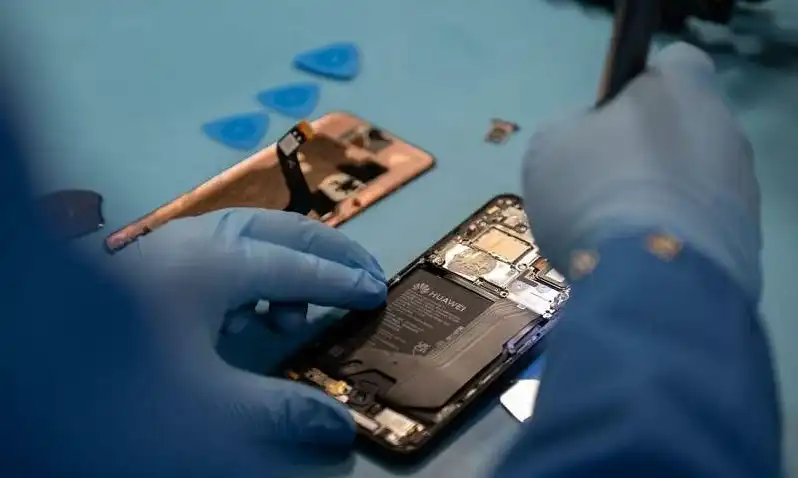
Huawei’s latest flagship phone, the Mate 60 Pro, uses a domestic 7-nanometer chip manufactured by SMIC. This shows that China has made some progress in its efforts to establish a domestic chip ecosystem, but its performance still lags behind international cutting-edge chips , and productivity has yet to be considered.
Semiconductor industry observer TechInsights dismantled Huawei’s new machine and reported on Monday (September 4) that the disassembly showed that the new Kirin 9000s chip used in the Mate 60 Pro was manufactured by SMIC, China’s top chip manufacturer. Internationally manufactured and using SMIC’s most advanced 7nm chip technology.
Some people believe that from the perspective of contract manufacturing, Huawei may have already started using a new production capacity chip similar to the Kirin 710A in the Enjoy 50 smartphone, indicating a breakthrough in domestic manufacturing processes. Therefore, Huawei could potentially obtain the high- end Kirin 9000S chip through stacking technology.
Another theory is that even though the United States bans chip manufacturers from contract manufacturing chips for Huawei, Huawei can still commission these manufacturers for trial production and chip design processes. According to this theory, with each trial production run, Huawei can obtain a small number of chips and subsequently release a certain quantity of Kirin 9000s chips in the market.
In terms of overall specifications, Huawei Mate 60 Pro uses a 6.82-inch slightly curved screen, the first satellite call function, IP68 support, 6-meter water resistance, a rear 48-megapixel ultra-macro telephoto lens, a built-in 5000mAh battery, and supports 88W wired and 50W wireless Fast charging, 20W wireless reverse charging.